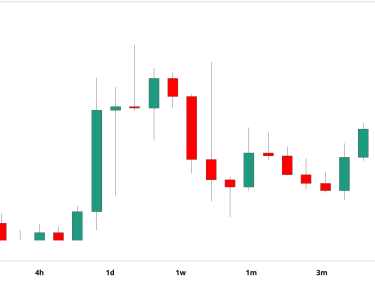Bitcoin miners may shift towards AI due to the potential for higher revenue, CoinShares said.
The average bitcoin production cost post-halving is about $53,000.
Some miners are actively managing financial liabilities and are using excess cash to pay down debt, the report said.
Crypto miners may shift towards artificial intelligence (AI) in energy-secure locations following the bitcoin (BTC) halving due to the potential for higher revenue, CoinShares (CS) said in a report on Friday.
The quadrennial halving, which slows the rate of growth in bitcoin supply by 50%, occurred on Friday evening.
Coinshares notes that mining companies like BitDigital (BTBT), Hive (HIVE) and Hut 8 (HUT) are already generating income from AI. At the same time, TeraWulf (WULF) and Core Scientific (CORZ) have existing AI operations or plans to grow in the space.
“This trend suggests that bitcoin mining may increasingly move to stranded energy sites while investment in AI grows at more stable locations, authors led by James Butterfill wrote.
The miners will be faced with substantial cost increases as a result of the halving, with electricity and overall production costs almost doubling, the report said. Mining companies can try to mitigate these higher costs by optimizing energy costs, increasing mining efficiency and buying better-priced hardware.
“The weighted average cash cost of production in Q4 was approximately $29,500; post-halving, it is projected to be about $53,000,” the authors wrote. The average electricity cost of production in the fourth quarter was about $16,300 per bitcoin, which is expected to increase to around $34,900 post the halving.
The hashrate could rise to 700 exahash by 2025, according to the asset manager’s forecasts, but may drop by 10% after the halving as miners turn off unprofitable machines. Hash prices are expected to fall after the event to $53/ph/day.
Hashrate refers to the total combined computational power that is used to mine and process transactions on a proof-of-work blockchain.
CoinShares notes that the miners are actively managing financial liabilities, and some are using excess cash to pay down debt.




